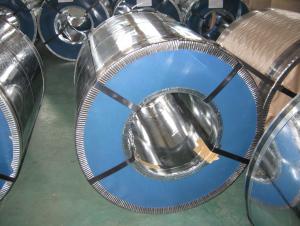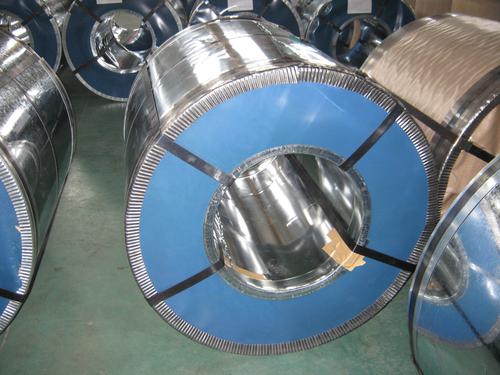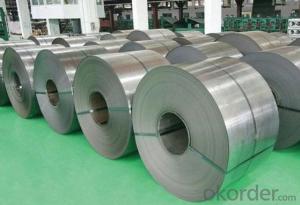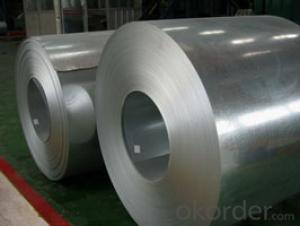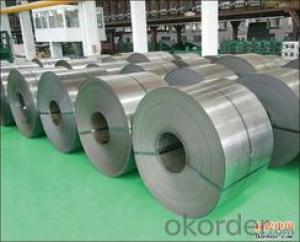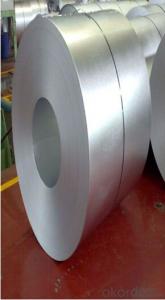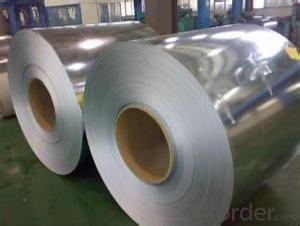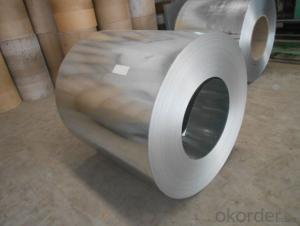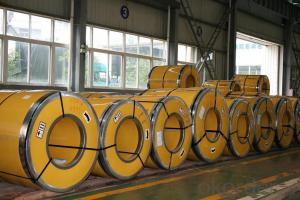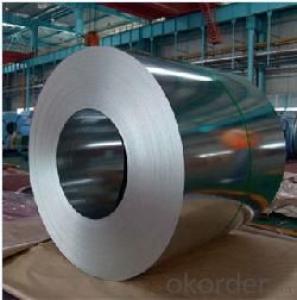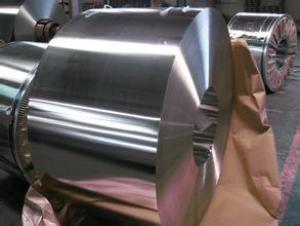Hot dip galvanzied steel sheet in coils
- Loading Port:
- Qingdao
- Payment Terms:
- TT OR LC
- Min Order Qty:
- -
- Supply Capability:
- 20000Mt m.t./month
OKorder Service Pledge
Quality Product, Order Online Tracking, Timely Delivery
OKorder Financial Service
Credit Rating, Credit Services, Credit Purchasing
You Might Also Like
SPECIFICATION:
Thickness:0.18-1.2mm
Width:680-1250mm
Zinc:40-140g
Spangle:zero spangle
Surface:chromate,skin pass, oiled/unoiled
Inner diameter:508 or 610mm
Coil weight:3-20Mt
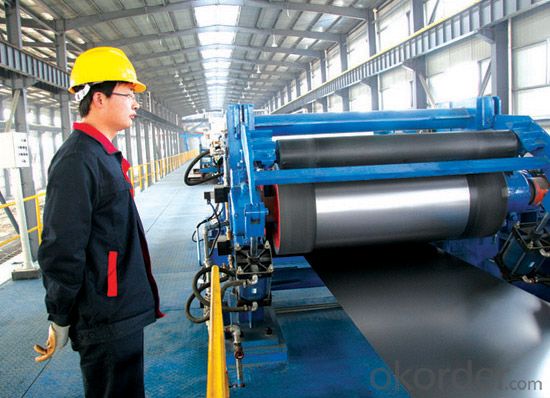
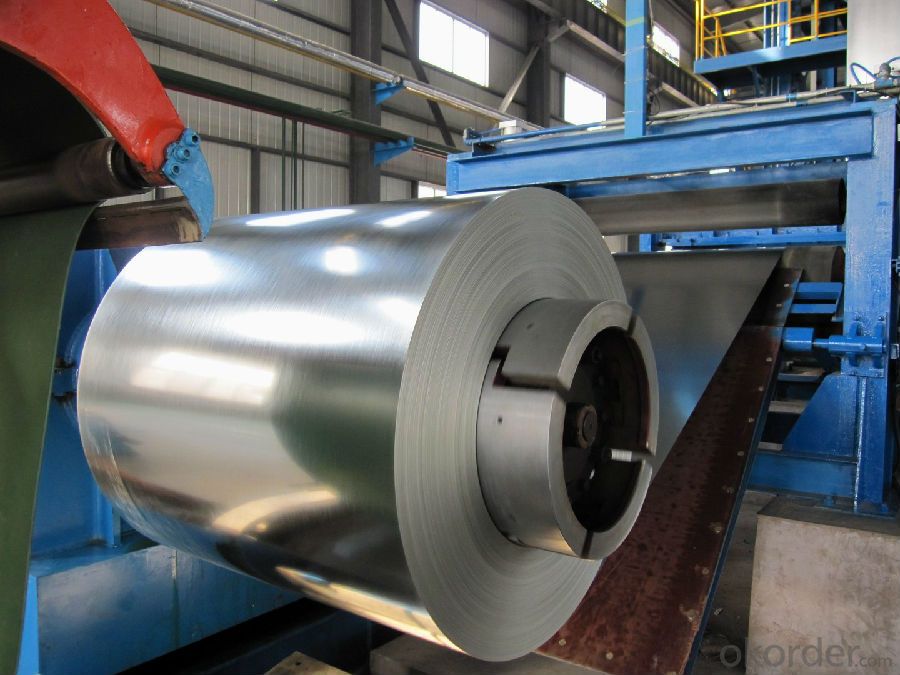
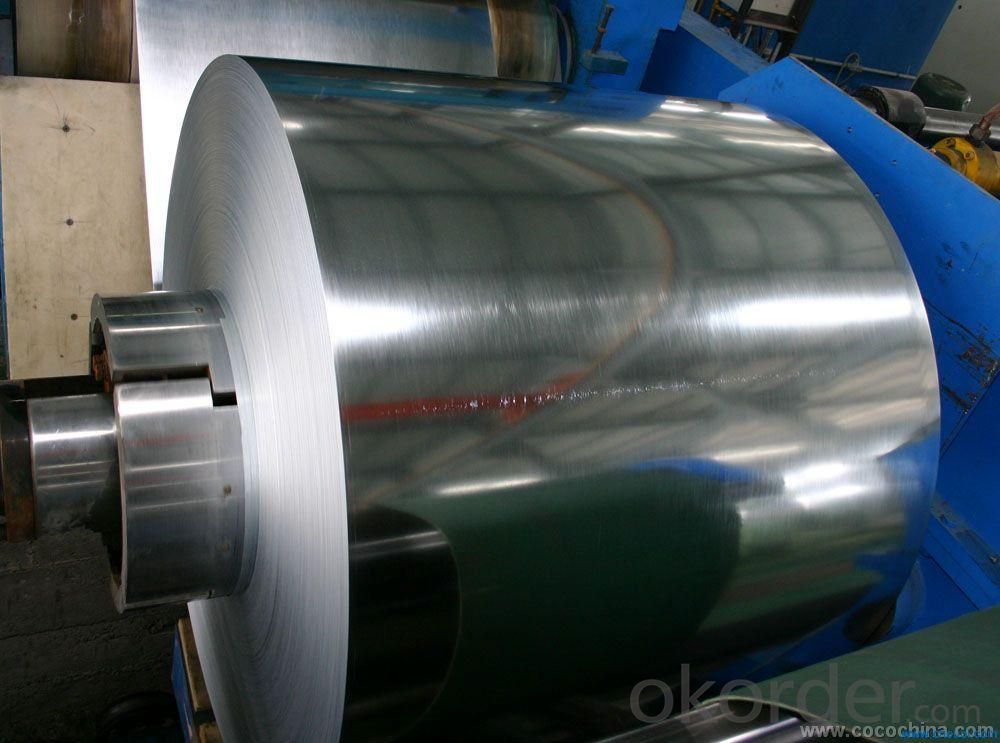
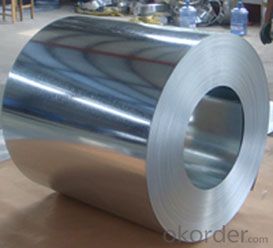
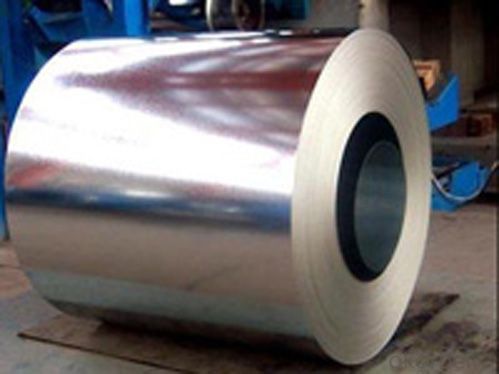
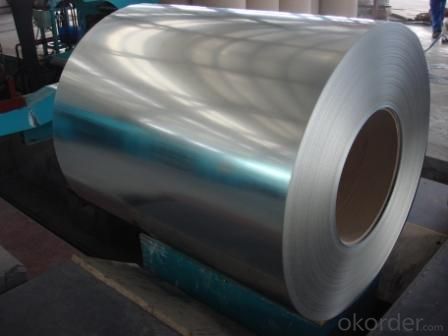

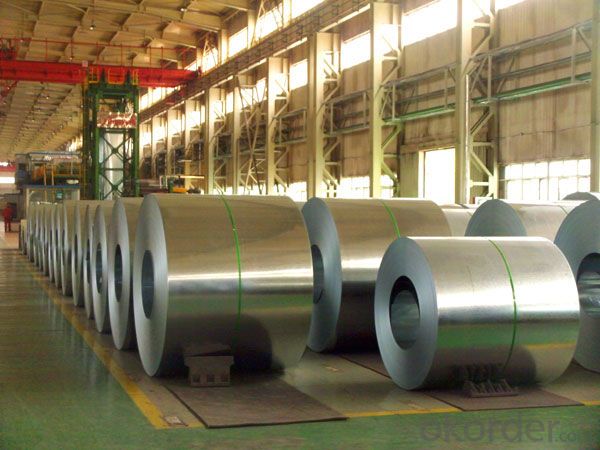
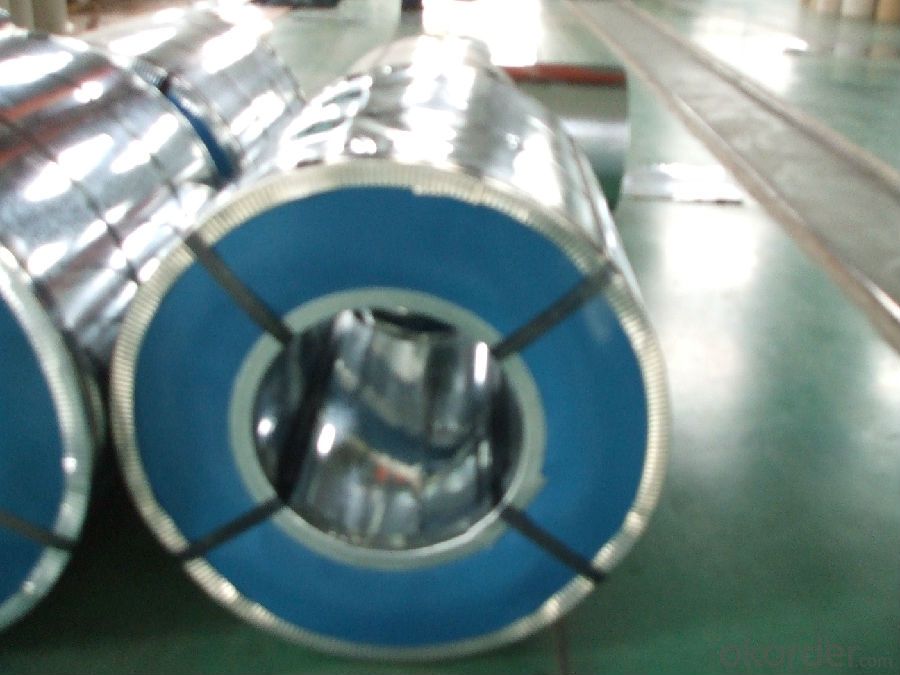
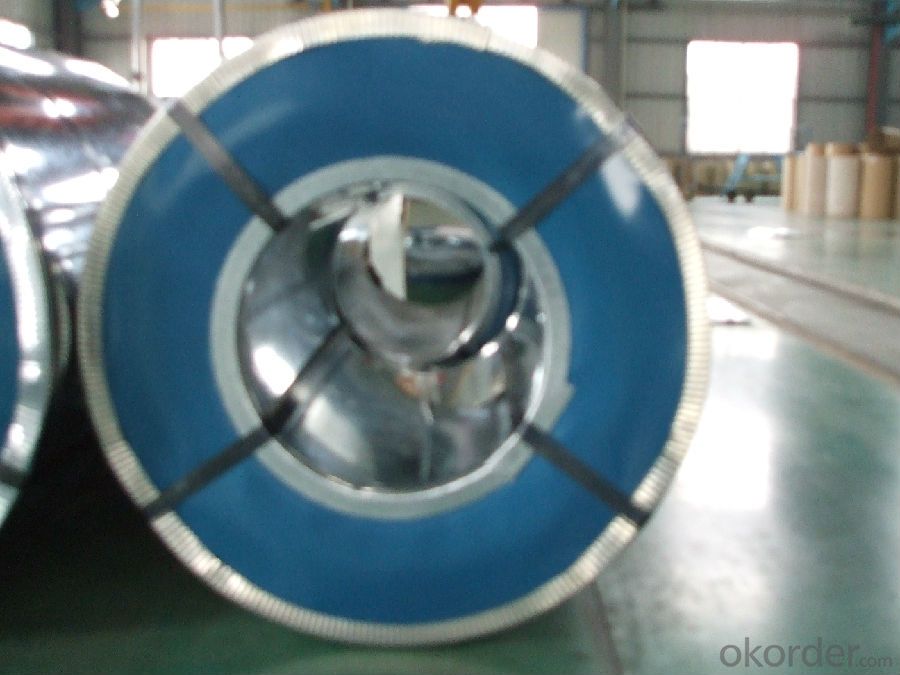
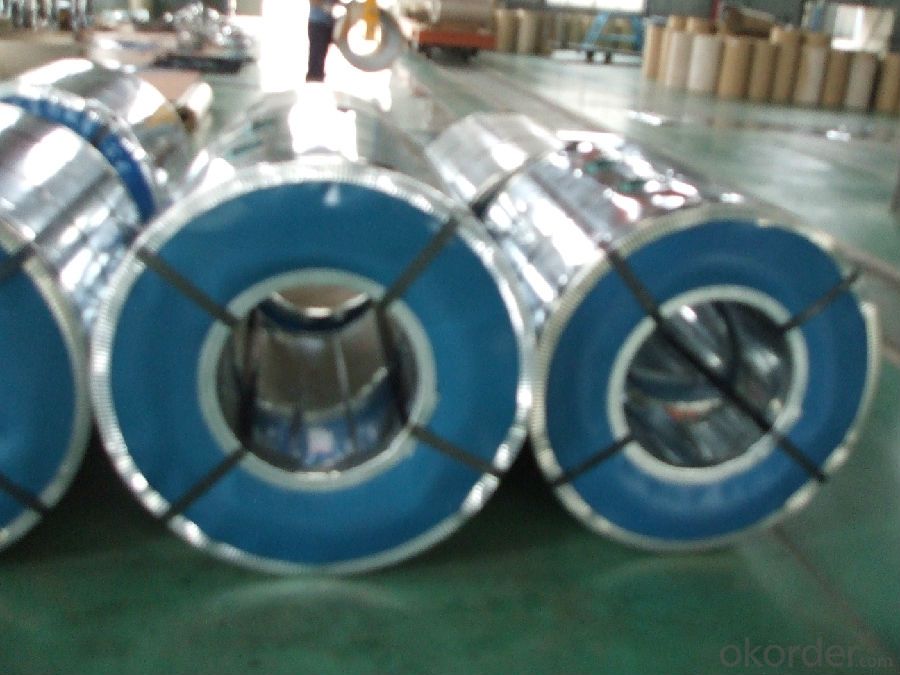
If you have any need of GI or PPGI coil, please tell me the specification, then the best price will be sent to you immediately!
Alena
- Q: What is a steel coil?
- A steel coil is a long, continuous strip of flat-rolled steel that is wound into a coil shape. It is typically used in various industries, such as automotive, construction, and manufacturing, for making a wide range of products, including pipes, tubing, roofing, appliances, and automotive parts.
- Q: What are the major global steel coil markets?
- The major global steel coil markets include countries such as China, the United States, India, Japan, Germany, South Korea, and Russia, among others. These countries have a significant demand for steel coil due to their large manufacturing and construction sectors.
- Q: Can steel coils be galvanized?
- Yes, steel coils can be galvanized. Galvanizing is a process in which a protective zinc coating is applied to steel to prevent rusting and corrosion. This process can be applied to steel coils as well, providing them with enhanced durability and longevity.
- Q: How are steel coils inspected for thickness variations?
- Steel coils are inspected for thickness variations using non-contact measurement techniques such as laser or ultrasonic sensors. These sensors are capable of accurately detecting and measuring the thickness of the steel coils at various points along their length. The collected data is then analyzed to identify any variations in thickness and ensure the quality and consistency of the steel coils.
- Q: How are steel coils used in the production of rail tracks?
- Steel coils are used in the production of rail tracks as they are processed and shaped into long sections known as rails. These coils are first uncoiled and then heated, allowing them to be rolled and formed into the desired rail shape. The resulting rails are then cut to the required length and undergo further processes such as straightening and finishing to ensure their strength, durability, and suitability for use in railways.
- Q: Can I ever get my classical guitar reinforced so it can have steel strings on it?
- I will also strongly agree with Joshua, and Birdgirl. Besides after the cost of such reinforcements, would cost as much, or more than the cost of buying a new one. Besides if the guitar is a decent quality, the alterations made would destroy any value it has, as well as not guaranteeing that the guitar will even be fully functional, or hold together over a period of time. It could easily cost two hundred dollars to have done, and at that price, you could buy a decent one, that is made for steel strings. Also fo4rget mounting steel strings on the one you have, unless you want to destroy it.
- Q: Can steel coils be used in structural applications?
- Yes, steel coils can be used in structural applications. They are often used in the construction industry for various structural components such as beams, columns, and trusses. Steel coils provide strength, durability, and flexibility, making them suitable for supporting heavy loads and withstanding various environmental conditions.
- Q: What is the process of uncoiling a steel coil?
- The process of uncoiling a steel coil involves feeding the coil into a machine called a decoiler. The decoiler holds the coil and gradually unrolls it, allowing the steel to be straightened and fed into downstream manufacturing processes. This is typically done by using a combination of motorized rollers and tension control systems to ensure a controlled and smooth uncoiling process.
- Q: Can steel coils be painted or coated?
- Yes, steel coils can be painted or coated. Painting or coating steel coils is a common practice to enhance their appearance, protect them from corrosion, and improve their durability. The paint or coating helps to create a barrier between the steel surface and the environment, preventing rust and extending the lifespan of the coils. Various methods and materials can be used for painting or coating steel coils, depending on the specific requirements and intended application.
- Q: how do i quinch steel? i heard instead of water oil will actually make it harder... wat ways are best for wat steels? and how do i tell wat kind of steel i have?... i will be doin this with my poket knife..
- boy what a though question ! let me explain. when you rapidly cool a steel from high temperatures(depending on steel type) with water or oil or other means , it is called quenching. it depends on the steel type to say if it is better to quench it with oil or water but basically in water you will have a harder steel rather than oil. for some steels if you do this you will ruin it's properties ! you can't totally tell what kind of steel do you have until you get it analyzed with Quantometer analyzer with a pocket knife it is more like an estimation and it can't be trust able generally if you can scratch the steel with your knife it means it is not a hard steel and it might not be expensive. I hope that helps but for more information i need to know more !
Send your message to us
Hot dip galvanzied steel sheet in coils
- Loading Port:
- Qingdao
- Payment Terms:
- TT OR LC
- Min Order Qty:
- -
- Supply Capability:
- 20000Mt m.t./month
OKorder Service Pledge
Quality Product, Order Online Tracking, Timely Delivery
OKorder Financial Service
Credit Rating, Credit Services, Credit Purchasing
Similar products
Hot products
Hot Searches
Related keywords
